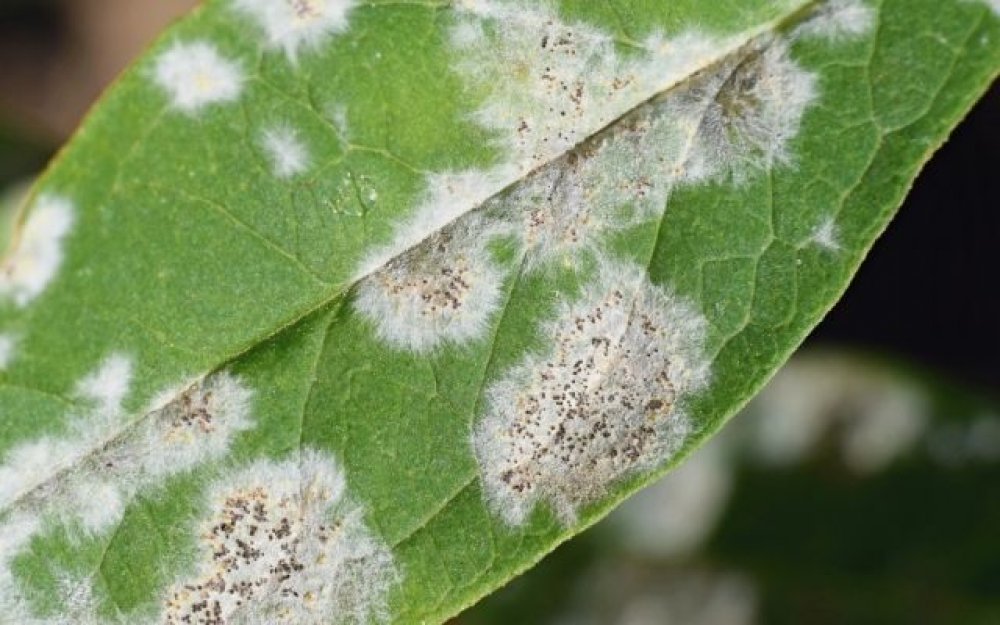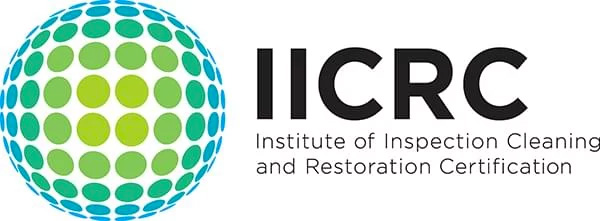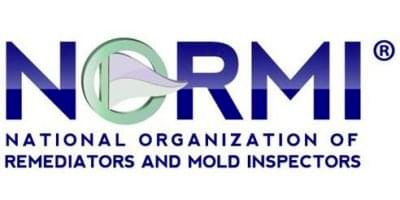What's The Difference Between Mold And Mildew?
How do you distinguish mold from mildew? Mold and mildew pose issues to many homeowners. Both of these microorganisms prefer environments with high moisture levels. That’s why you are at a higher risk of developing mold and mildew in your home if you have an existing moisture problem.
It’s important to learn the differences between mold and mildew. While these two types of fungi share commonalities, the associated risks and removal procedures are quite different.
In this article, we are going to cover the major similarities and differences between mold and mildew. You’ll learn how to spot and remove these unwanted fungal visitors in your home.
The Starting Point: What Is Mold? What Is Mildew?
All types of mold are fungi. Similar to yeasts and mushrooms, mold has a distinct thread-like structure. While you may not see them under the naked eye, there’s an endless number of mold spores flying around in the air.
Real mold growth starts with the mold spores finding a surface material with a favorable microclimate. Mold spores need moisture. They are unable to form colonies and expand in a completely dry environment. Mildew is a sub-type of mold. The two main categories of mildew are downy mildew and powdery mildew:
- Downy mildew is mostly found growing on agricultural produce. For instance, you may spot downy mildew on oranges or grapes. Its particular appearance is heavily subject to what type of product it grows on.
- Powdery mildew can mainly be found on flowering plants. As the fungus grows, you can see this type of mildew turning from grayish-white to brown that further transforms into a deep black color.

Keep in mind that you can find mildew on other damp surfaces in your living spaces. It doesn’t exclusively grow on organic materials. For example, you may find it growing on paper and fabrics.
The Major Differences Between Mold And Mildew
Difference 1: Appearance
The major difference between mold and mildew is their appearance. While there may be significant overlapping between these fungi, mold is mostly slimy or fuzzy and mildew tends to look more powdery.
Mold spots are mainly irregular and boast a variety of colors from blue and brown to green and yellow. Mildew’s color palette is more conservative. Usually, it starts out as grayish-white and turns into something more brown or black as more time passes.
Difference 2: Effects
Mold carries two major types of unwanted effects in the homes it occupies. Unchecked mold growth can lead to structural damages as the underlying materials disintegrate.
Additionally, some mold strains may lead to serious health effects in susceptible individuals. For instance, inflammation, fatigue, concentration problems, and respiratory issues may be caused by frequent mold exposure.
Mildew spores can cause health effects, too. Inhaling mildew could lead to respiratory difficulties, headaches, and a generally sore throat. The structural effects of mildew on its underlying surfaces are less serious. Mildew doesn’t penetrate the material it uses as a growth surface.
Difference 3: Testing
As a homeowner, you can quickly figure out whether you are dealing with mold or mildew on a particular surface. That’s because mold and mildew react in a different way when you apply some drops of household bleach on them.

After dripping a bit of household bleach on the mystery fungi, let it sit for five minutes. Then you can check what happened. If its surface has become lighter, you have mildew on your hands. If it stays the same, it’s most likely mold.
Remember that this test is just the beginning. For instance, you should conduct further testing to understand what type of removal strategy is the best fit. That’s where professional mold experts come into play.
If you aren’t sure what type of mold you have in your home, it’s best to seek professional help. Markham Services can help you identify the mold in your home and execute the most efficient plan to get rid of it.
How To Remove Mold And Mildew From Your Home
Now we’ll look at the practical ways you can remove mold and mildew from your home. You’ll first learn about mildew because that type of fungi tends to be the easiest to remove on your own.
Cleaning Mildew
Since mildew grows on the surface without penetrating the underlying material, it can usually be tackled by homeowners themselves. You just need to get a commercial-grade cleaner and a scrubbing brush.
Ventilate your rooms. Always wear a facial mask whenever removing mildew from your living spaces. Inhaling mildew may cause health ailments. Keep rubber gloves on to minimize any risk from skin exposure.
Cleaning Mold
Mold removal is trickier because that fungus penetrates into the underlying material. Since mold spores are very adept at spreading, mold can quickly overtake numerous areas of your home.

Calling a professional mold remediation company is your top strategy for dealing with a mold problem in your home. Markham Services offers mold remediation services that are carried out by experienced professionals.
The first step is always an assessment. We’ll see what you’re exactly dealing with by determining the type of mold in your property and the extent of its growth. Then we are going to take all the steps to make sure that this mold is completely removed.
In A Nutshell: Difference Between Mold And Mildew
Mold and mildew are both types of fungi that love damp environments. They are common intruders in households across the U.S. While mold is harder to remove, both mildew and mold can cause health issues in certain individuals.
Markham Services can determine the type of mold you have in your home and the extent of its growth. Hire us as your professional mold remediation partner to remove the health and property risk from your home for good!


